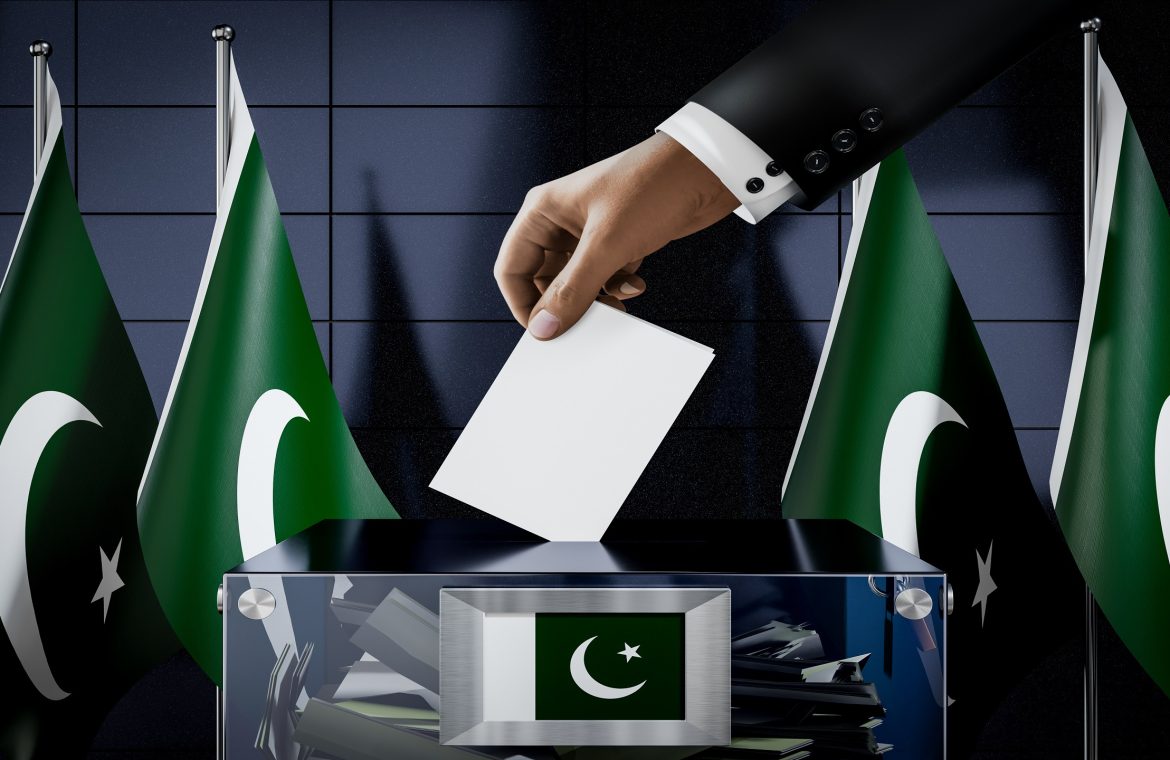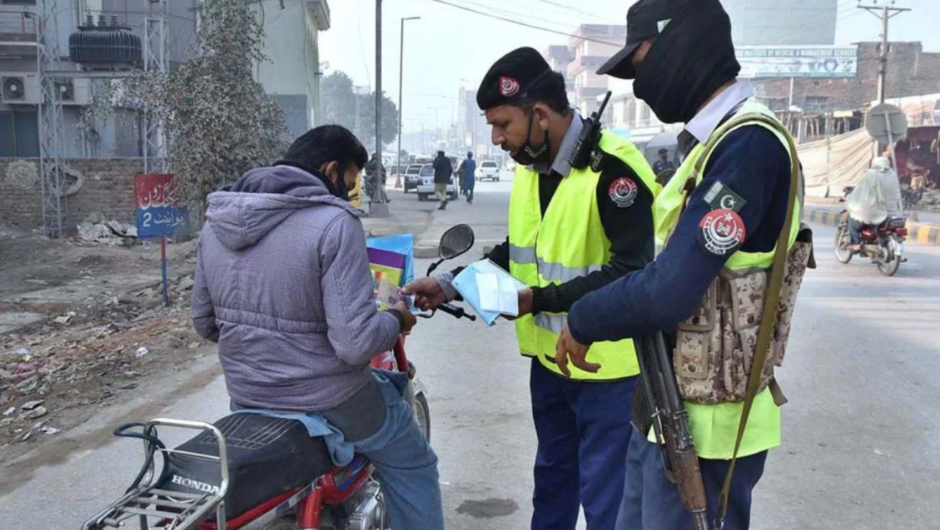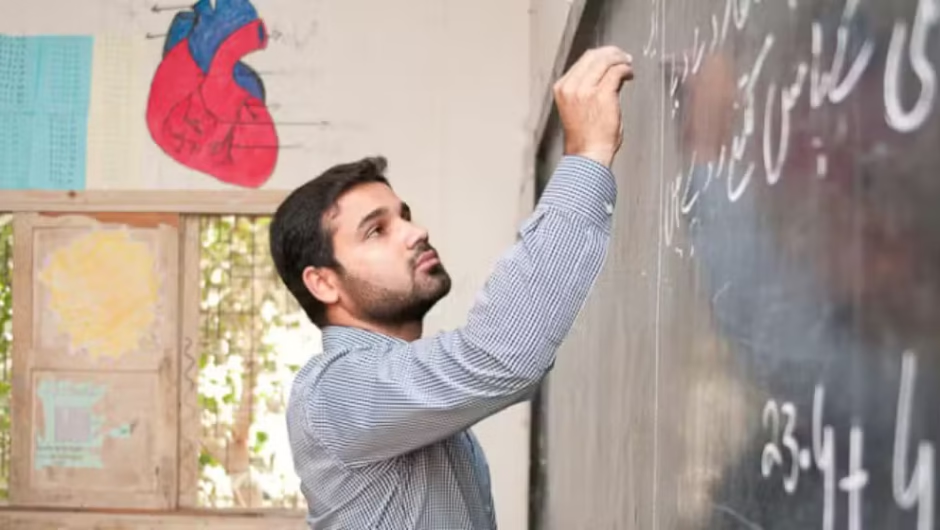As Pakistan braces for its 12th general elections, slated for February 8, the nation stands on the cusp of a crucial moment in its democratic journey. With a population of over 128 million Pakistanis set to cast their votes, the elections represent a significant milestone in the country’s efforts to deepen its democratic roots, amidst a history marred by periods of military rule and political instability.
The run-up to the elections has been fraught with tension, marked by a recent crackdown on former Prime Minister Imran Khan and his party, amid allegations of military involvement in politics. These developments have underscored the challenges inherent in navigating Pakistan’s complex political landscape, where the interplay between civilian governance and military influence remains a contentious issue.
Two Ballots, One Decision:
On election day, voters will have the opportunity to cast two ballots—one for the National Assembly and another for the provincial assembly—reflecting the multi-tiered nature of Pakistan’s electoral system. With voting scheduled from 8am to 5pm, and the possibility of extensions in case of disruptions, the electoral process is designed to accommodate a diverse electorate spread across the country’s vast geographical expanse.
Immediately following the conclusion of voting, the process of counting begins, with tentative results expected within hours. This swift turnaround underscores the efficiency of Pakistan’s electoral machinery in delivering timely outcomes, crucial for maintaining public confidence in the integrity of the electoral process.
National Assembly Seats:
With the National Assembly seats reduced to 266 after delimitation, Punjab remains the largest battleground, wielding significant influence over the national political landscape. However, other provinces such as Sindh, Khyber Pakhtunkhwa, and Balochistan also play pivotal roles in shaping the composition of the legislature, reflecting Pakistan’s diverse socio-political tapestry.
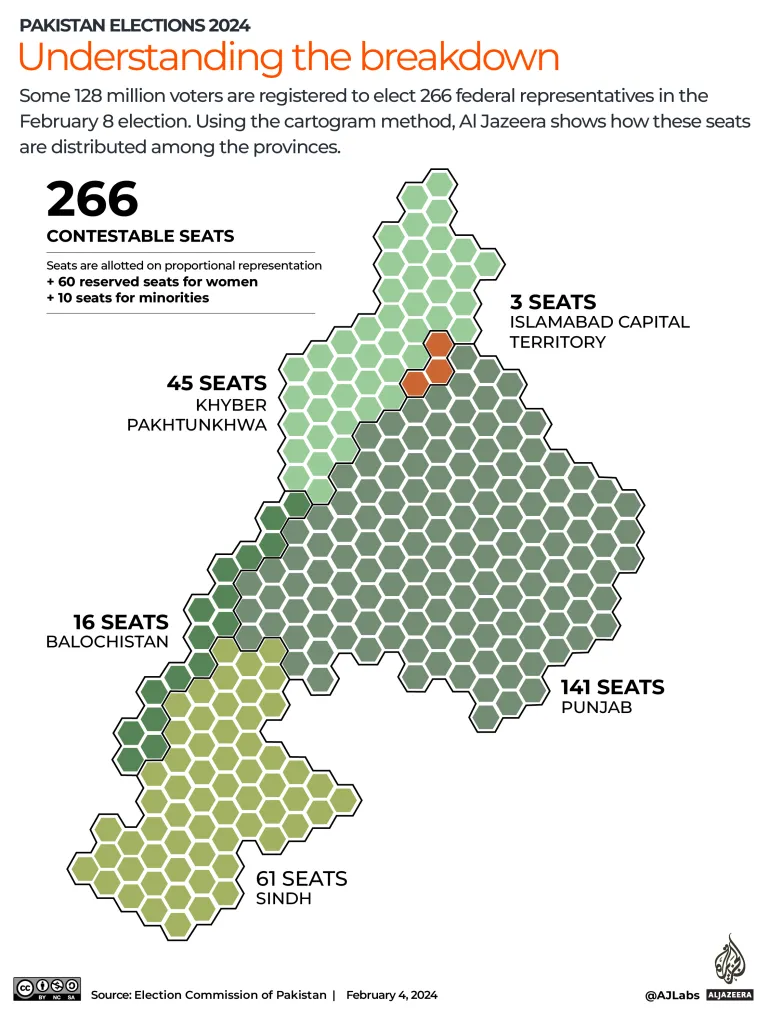
Against the backdrop of electoral reforms aimed at bolstering democratic institutions and practices, the elections serve as a litmus test for Pakistan’s commitment to upholding the principles of fairness, transparency, and inclusivity in its electoral processes. Despite challenges, efforts to address concerns of military interference in civilian affairs underscore the nation’s ongoing quest for democratic governance and accountability.
Provincial Elections
Public anticipation runs high as Pakistanis eagerly await the outcome of the elections, recognizing their potential to chart the course of national and provincial governance in the years ahead. Amidst the excitement, civic engagement and participation emerge as vital elements of a healthy democracy, underscoring the importance of every vote in shaping Pakistan’s democratic destiny.
Besides voting for the National Assembly, the assemblies of Pakistan’s four provinces – Balochistan, Khyber Pakhtunkhwa, Punjab, and Sindh – will also select representatives who will subsequently vote to elect a chief minister for each province.
Reflecting its sizeable representation in the National Assembly, Punjab boasts the largest provincial legislature, comprising 371 seats. Sindh follows with 168 seats, while Khyber Pakhtunkhwa and Balochistan have 124 and 65 seats, respectively.
Similar to the National Assembly, a portion of seats in the provincial legislatures is reserved for women and minority groups. These reserved seats are allocated to parties in proportion to their overall representation in the legislature, ensuring fair and inclusive representation.
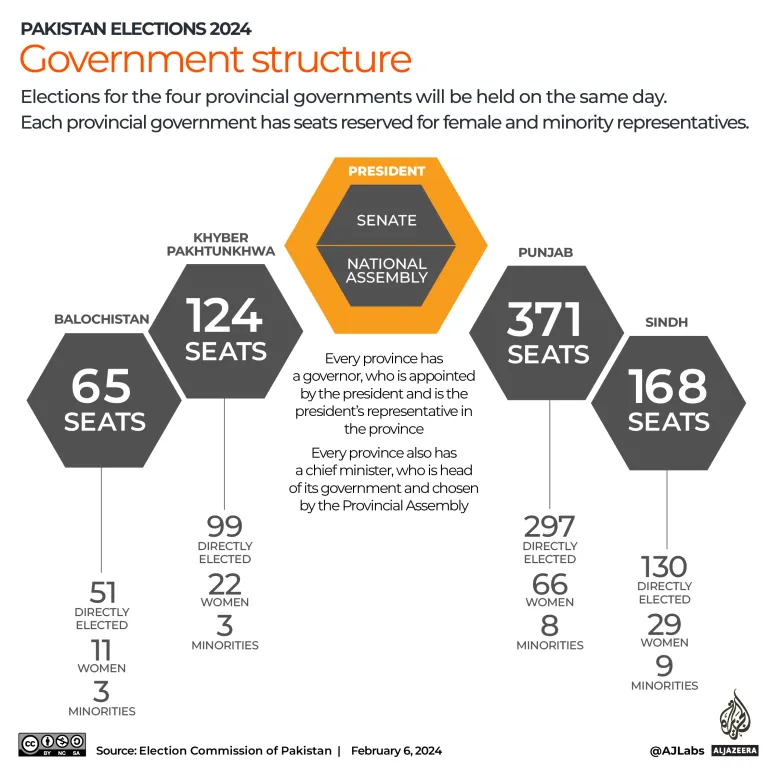
Senate
The Senate, serving as the upper house of Pakistan’s parliament, consists of 100 seats. Unlike the National Assembly, senators are not directly elected by the public; rather, they are chosen by the provincial assemblies.
In contrast to the National Assembly’s five-year term, senators serve for a duration of six years. Senate elections are held in a staggered manner, occurring every three years.
The Senate, along with the National Assembly and provincial assemblies, collectively forms the electoral college responsible for electing the President of Pakistan. This process underscores the interconnectedness of Pakistan’s legislative bodies in shaping the nation’s highest offices.
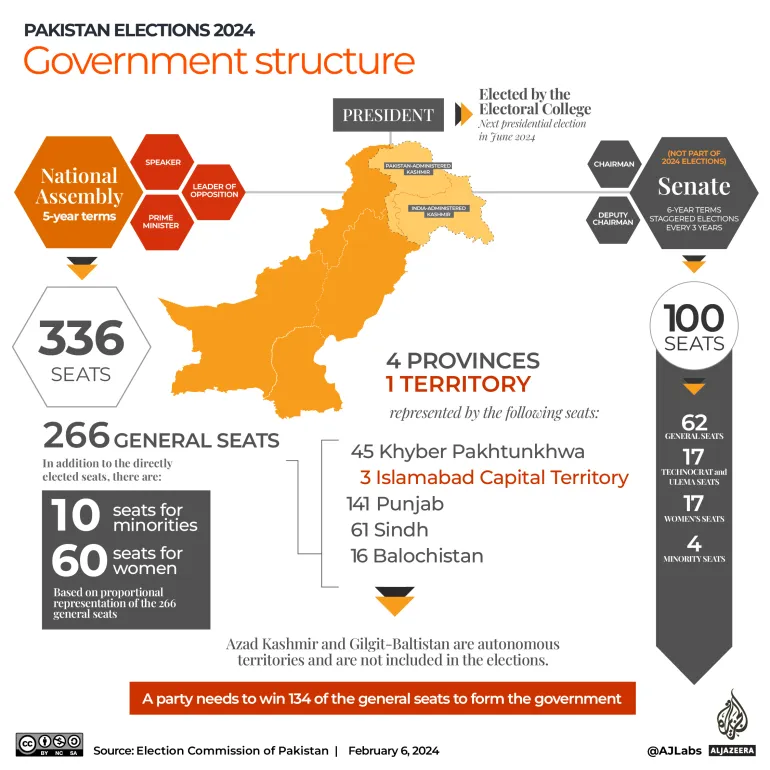
Difference Between National Assembly, Provincial Elections, and Senate
Voting for the National Assembly (NA) helps determine who will become the Prime Minister of Pakistan, the country’s head of government. For example, in past elections, Imran Khan’s Pakistan Tehreek-e-Insaf (PTI) party won a majority in the NA, leading to his appointment as Prime Minister.
Provincial elections, such as those for the Punjab Assembly, determine the Chief Minister of the respective province. For instance, in Punjab, Usman Buzdar was elected as Chief Minister after his party secured a majority in the provincial assembly. Similarly, in Sindh, Murad Ali Shah served as Chief Minister, having been elected by the members of the Sindh Assembly.
The upper house of parliament, the Senate, includes prominent members who contribute to national legislation. For example, Sherry Rehman, a member of the Pakistan Peoples Party (PPP), has been a notable senator who has championed various social and economic issues. Similarly, Raza Rabbani, also from the PPP, has played a significant role in shaping legislative debates and discussions within the Senate. These senators represent their provinces and contribute to the legislative process at the federal level, ensuring that regional voices are heard in national decision-making.
Also, see:
Guidelines for Casting Your Vote in the Pakistan General Elections 2024
Topics #featured
